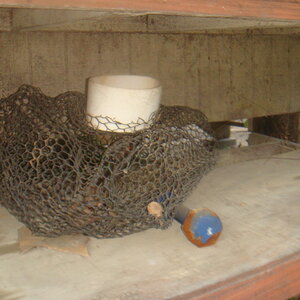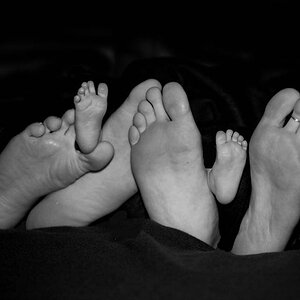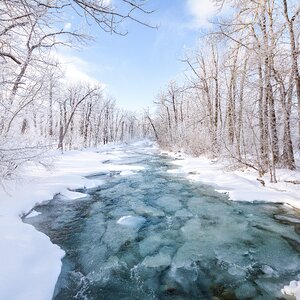Boombeat
TPF Noob!
- Joined
- Sep 5, 2011
- Messages
- 15
- Reaction score
- 0
- Location
- Malta
- Can others edit my Photos
- Photos OK to edit
Yesterday i tried shooting some pics of the milky way but the best i got was this.
Milkyway | Flickr - Photo Sharing!
I used a canon 550d with stock lens 18-55mm. This pic was taken at around 20 seconds exposure time , f3.5 with an iso of 1600 .
Is there a way to get more details?
Thanks
Milkyway | Flickr - Photo Sharing!
I used a canon 550d with stock lens 18-55mm. This pic was taken at around 20 seconds exposure time , f3.5 with an iso of 1600 .
Is there a way to get more details?
Thanks


![[No title]](/data/xfmg/thumbnail/31/31978-02cde49248ebdf1b82fba5c899e08378.jpg?1619735136)


![[No title]](/data/xfmg/thumbnail/36/36401-dfb1077e5917eb47c5acf9c208e7be2a.jpg?1619737552)
![[No title]](/data/xfmg/thumbnail/42/42034-6262420ff3ea238f05395bbcc7ae1f28.jpg?1619739985)
![[No title]](/data/xfmg/thumbnail/32/32183-06800ba86381f42976d75297ee6b5942.jpg?1619735235)
![[No title]](/data/xfmg/thumbnail/31/31756-ed344608f5fc9a69ff1d67dc7d03161c.jpg?1619734993)



![[No title]](/data/xfmg/thumbnail/32/32182-3ec35e12e238c681a086455c4586fbef.jpg?1619735235)
